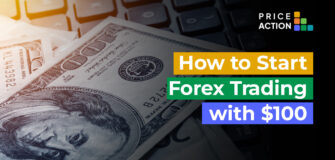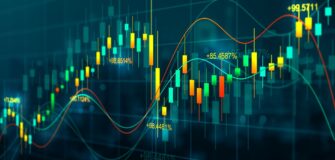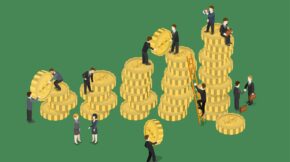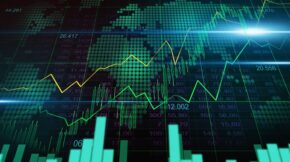The 2020 Year in Review (Part 2)
priceactionadmin
5 years ago

MAY:
A review of markets in May when shares were supported by an increasing focus on how lockdowns would be lifted.
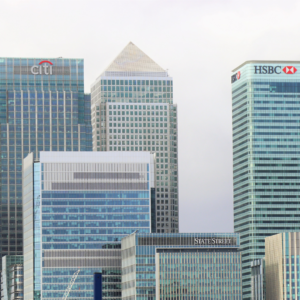
- Equity markets rose on the whole in May as Covid-19 lockdown measures began to be lifted and further support measures were announced. Escalating tensions between the US and China, however, limited emerging market equity gains.
- US shares gained ground amid optimism over the re-opening of the economy. Q1 GDP growth was revised down to -5.0%, compared to the first estimate of -4.8%.
- Eurozone equities advanced as some countries began to allow some parts of their economies to reopen. The European Commission proposed a €750 billion recovery package.
- UK equities rose in May. A number of economically sensitive areas performed well amid the improvement in investor sentiment. Sterling fell as worries over a no-deal Brexit resurfaced.
- Japanese shares posted gains, with pharmaceutical stocks leading the advance. Lockdowns across the country were lifted in stages during the month.
- Emerging market (EM) equities advanced but underperformed developed markets. The performance was dampened by the re-emergence of US-China tensions.
- Corporate bonds outperformed government bonds as the more optimistic backdrop saw investors favour higher-risk assets. US 10-year government bond yields were little changed during the month.
JUNE:

- Daily COVID-19 cases reversed higher in mid-June and ultimately reached record highs by month’s end, creating uncertainty over the path to reopening and spurring concerns of slower economic recovery.
- The Dow Industrials gained 18.51% in the second quarter, its best quarter since Q4 1987.
- The tech-heavy Nasdaq Composite surged 30.95% over the last three months, its strongest quarter since Q4 2001.
- Fixed-income credit markets were spurred by stimulus purchases that incorporate bond-based ETFs (split 88% in investment-grade and 12% in high yield).
- At quarter-end, gold spot prices briefly topped $1,800/oz. for the first time in eight years.
- US equity markets closed higher, with another small surge occurring shortly before the end of the trading session; Nasdaq +1.9%, S&P +1.5%, Russell 2000 +1.4%, and DJIA +0.9%. The Nasdaq ended the quarter at +31%, S&P 500 +20%, and DJIA +18%, which is the US equity market’s best quarterly performance since Q4 1998.
- European equity markets closed lower except for Germany +0.6%; UK -0.9%, Spain -0.6%, Italy -0.4%, and France -0.2%.
- Most APAC equity markets closed higher except for India -0.1%; Australia +1.4%, Japan +1.3%, China +0.8%, South Korea +0.7%, and Hong Kong +0.5%.
- According to the United Kingdom’s Office for National Statistics (ONS) second estimate, the UK economy shrunk by 2.2% quarter on quarter (q/q) in the first quarter, the sharpest decline since the third quarter of 1979. This was a downward revision of 0.2 percentage point from the first estimate. (IHS Markit Economist Raj Badiani)
JULY:
- Global equities gained (in dollar terms) although economic growth data confirmed the severity of Q2’s downturn. The ongoing central bank and government measures continued to provide support for equities and corporate bonds.
- US equities gained, supported by robust quarterly earnings from stocks such as Amazon, Apple and Facebook. Data showed that US Q2 GDP fell sharply and the dollar weakened.
- July saw a decline for eurozone equities. Economic data confirmed the severity of the downturn in activity during the second quarter and some countries saw Covid-19 infection rates rise again.
- UK equities fell over the period as fears around the second wave of Covid-19 infections weighed on investor sentiment.
- Japanese shares fell. The yen strengthened against a generally weaker US dollar while virus infections picked up, albeit from very low levels.
- Emerging market (EM) equities enjoyed strong gains, helped by US dollar weakness. Taiwan performed well amid gains for technology stocks while progress on reforms boosted Brazilian shares.
- Government bond yields fell (i.e. prices rose) amid data confirming deep contractions in numerous large economies in Q2. The approval of the EU recovery fund provided support for Italian government bonds.
- In commodities, precious metal prices rose with US dollar weakness providing a strong tailwind.
AUGUST:
- Shares were broadly higher in August amid hopes for a Covid-19 vaccine, signs of continued economic recovery, and ongoing policy support measures. Government bond yields rose (meaning prices fell).
- US equities – as represented by the S&P 500 – reached a new peak. The Federal Reserve confirmed its readiness to offer further support while increasing its flexibility to do so by adjusting how it targets inflation.
- Eurozone shares rose. Top-performing sectors included economically-sensitive areas like industrials and consumer discretionary. There were concerns about rising Covid-19 infections in some countries, notably Spain.
- UK shares also gained. Signs there could be a solid recovery in the domestic economy during Q3 2020 helped UK small and mid-cap equities play a supportive role for the market over August.
- Japanese shares gained too. Late in the month, Shinzo Abe announced his resignation as prime minister, citing a long-standing health problem.
- Emerging market (EM) equities recorded a positive return as hopes for a Covid-19 vaccine increased, and on the Federal Reserve’s suggestions that US interest rates could remain low for longer.
- In fixed income, government bond yields rose (meaning bond prices fell) and the US dollar continued to decline. Corporate and emerging market bonds performed well.
- In commodities, precious metal prices rose with US dollar weakness providing a strong tailwind. Continue into The 2020 Year in Review (Part 3)
